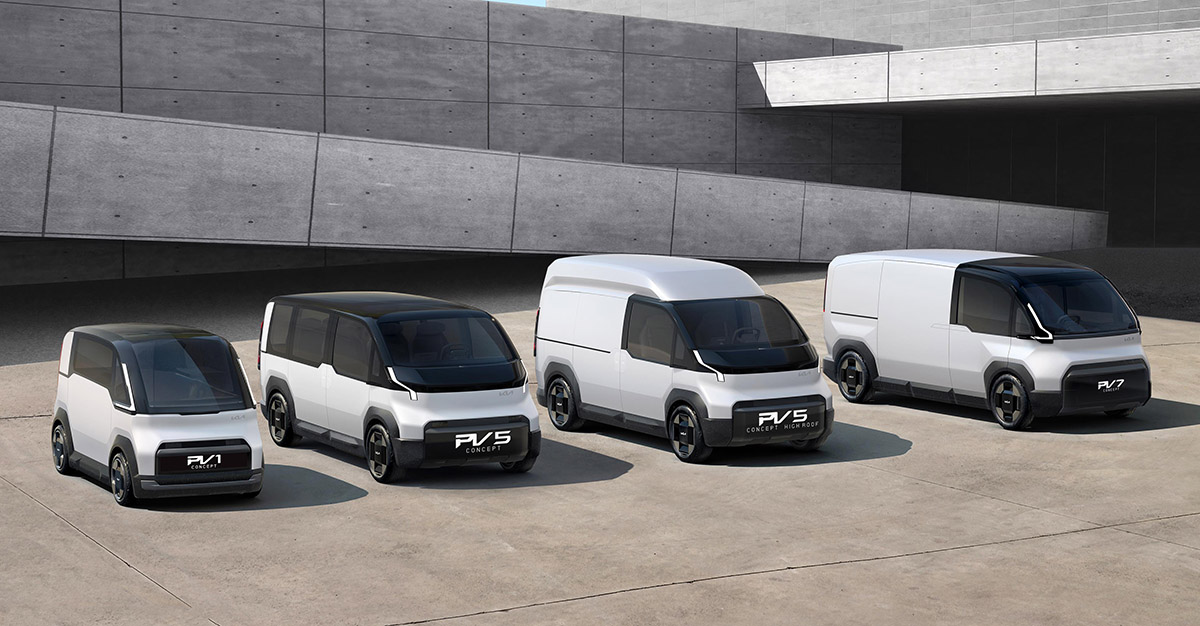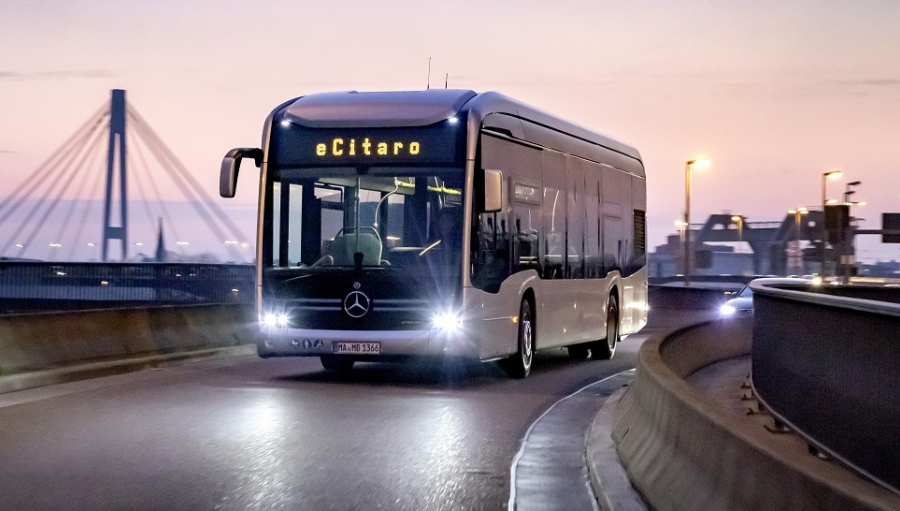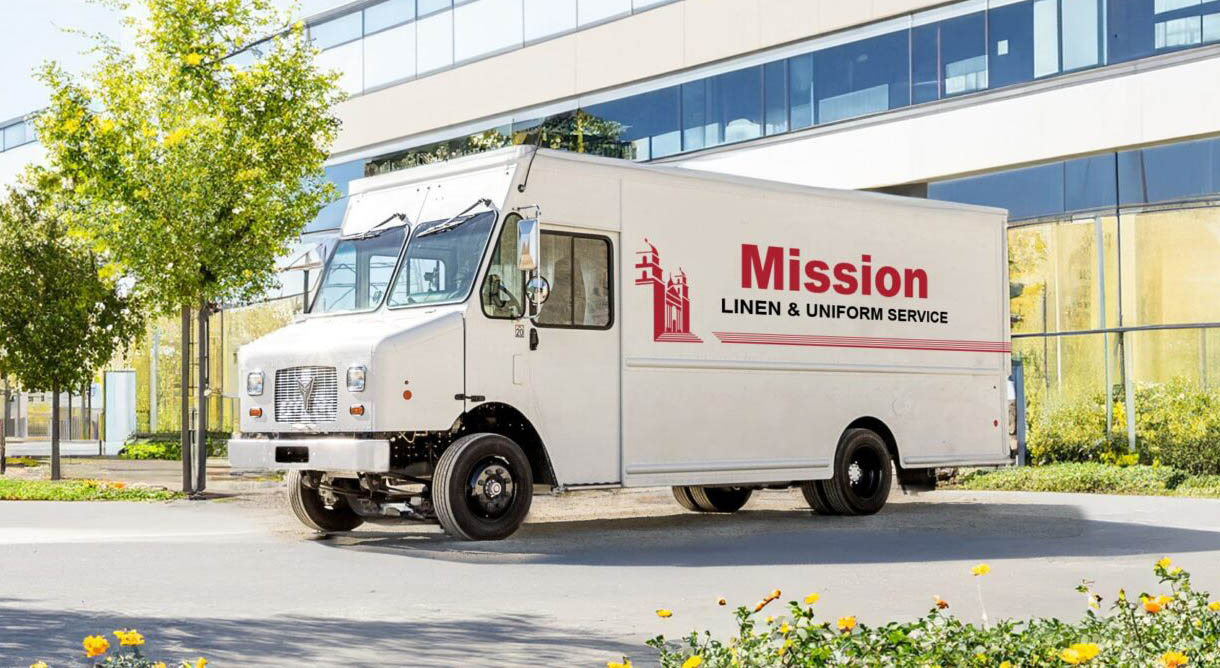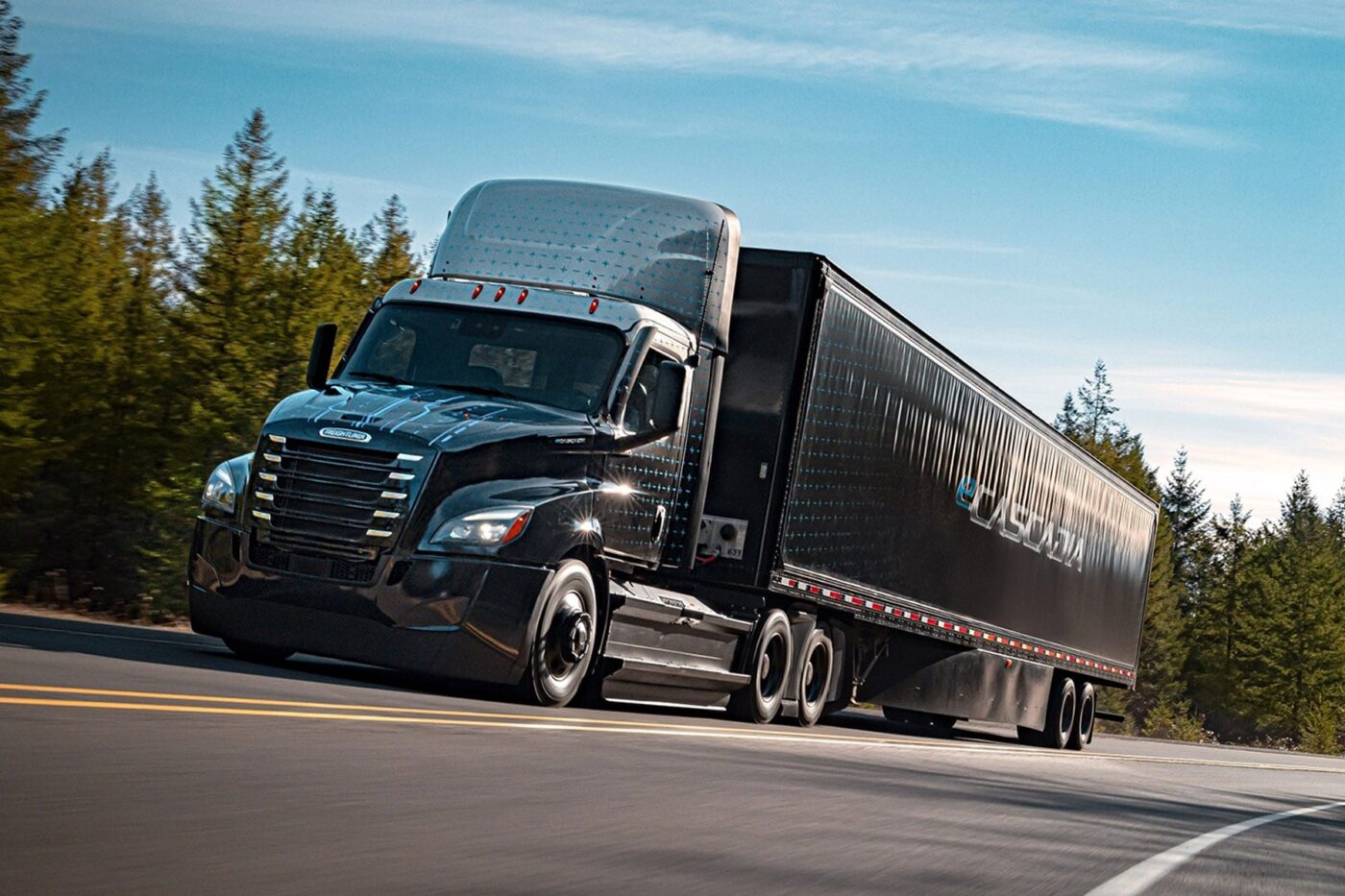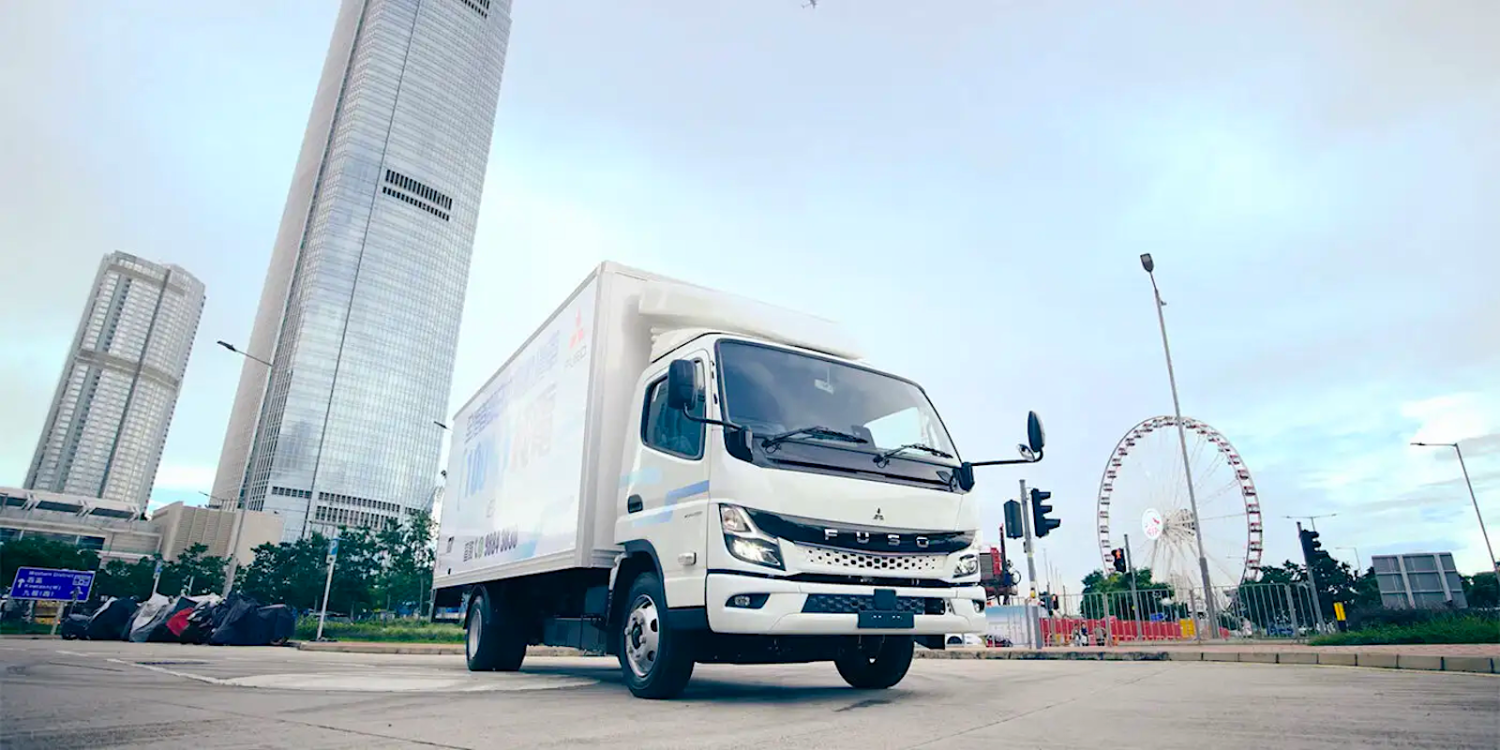Kia America is set to make its debut at Work Truck Week, taking place at the Indiana Convention Center in Indianapolis on March 6-7, 2024. At the event, Kia will showcase concept models of two Platform Beyond Vehicles (PBVs) – the PV5 and the PV7.
Steven Center, COO & EVP of Kia America, expressed Kia’s commitment to the electrification of transportation, stating, “Kia’s exciting foray into this important segment of the overall industry represents our steadfast commitment to the electrification of transportation and aligns perfectly with our Plan S strategy to become a global leader in sustainable mobility.”
See also: Kia Breaks Ground on Dedicated Plant for Battery-Electric PBVs with 150,000 Units Yearly Capacity
The PV5, Kia’s first PBV concept, is an electric vehicle (EV) optimized for rideshare hailing, as demonstrated by Kia’s recent MOU signing ceremony with Uber to explore new partnership ideas. The PV5 is designed to offer customizable delivery services, with enhanced connectivity enabling convenient and efficient operation of multiple vehicles within a software-defined fleet management solution. The PV5 concept, presented at CES in various versions including Basic, High Roof, Robotaxi, and Pickup, is expected to potentially arrive in the US market in 2026.
The PV7, on the other hand, is the largest product in Kia’s current concept PBV lineup. It is designed to provide more interior space, an impressive all-electric driving range, and enhanced functionality.
See also: Kia to establish its first manufacturing facility for electric PBV in Korea
Kia’s advanced fleet management solutions aim to allow customers to efficiently oversee multiple vehicles and provide real-time logistical insights on sales, inventory, and delivery schedules. These solutions may include features such as inventory monitoring, temperature control, and intelligent route planning for optimal EV efficiency. The solution is intended to streamline fleet management with real-time data and AI integration for predictive maintenance and optimal efficiency.

